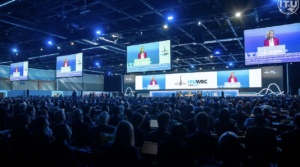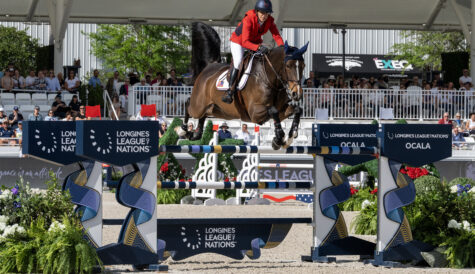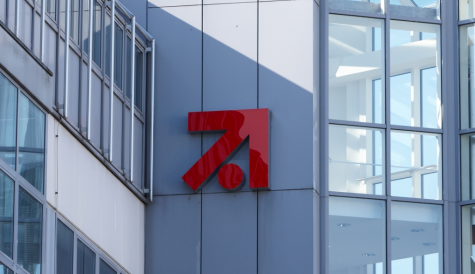EBU hails WRC decision preserving broadcast spectrum

The World Radiocommunication Conference 2023 in Dubai (Source: EBU)
The European Broadcasting Union (EBU) has hailed a decision by the World Radiocommunication Conference (WRC) to continue to make broadcasting the only primary service in the 470-694MHz frequency band across ITU Region 1.
The EBU said that the final agreement at WRC-23 retains the primary allocation to broadcasting services in the 470–694 MHz band in Region 1 and provides an opportunity for mobile services on a national basis.
The regulatory status of PMSE (programme making and special events) applications, like wireless microphones, remains unchanged.
WRC region 1 comprises Europe, the CIS countries, Africa and the Middle East west of Iran.
In regions 2 and 3 (respectively the Americas, and East Asia including China, Korea, Japan, Iran, the Indian sub-continent and Oceania), broadcasting will share this UHF spectrum with other applications. In Region 2 (the Americas) only 512-609MHz will have broadcasting as the sole primary service, while no spectrum in the 608-614MHz range will be used for broadcasting. In Region 3 broadcasting will share spectrum with mobile and fixed wireless applications.
WRC 2031 will take another look and review spectrum use and future needs.
“This is a positive outcome for EBU Members as it accommodates the key elements of the EBU’s position,” said EBU Director of Technology & Innovation Antonio Arcidiacono.
“Most EBU Members use DTT (digital terrestrial television) and all of them use PMSE – and the UHF band is the only globally available spectrum for these services. The WRC-23 decision ensures continued access to spectrum and stable regulatory conditions, which are essential for investments and the evolution of DTT and PMSE, including the introduction of new technologies such as UHDTV, 5G Broadcast and WMAS (wireless multichannel audio systems).”



